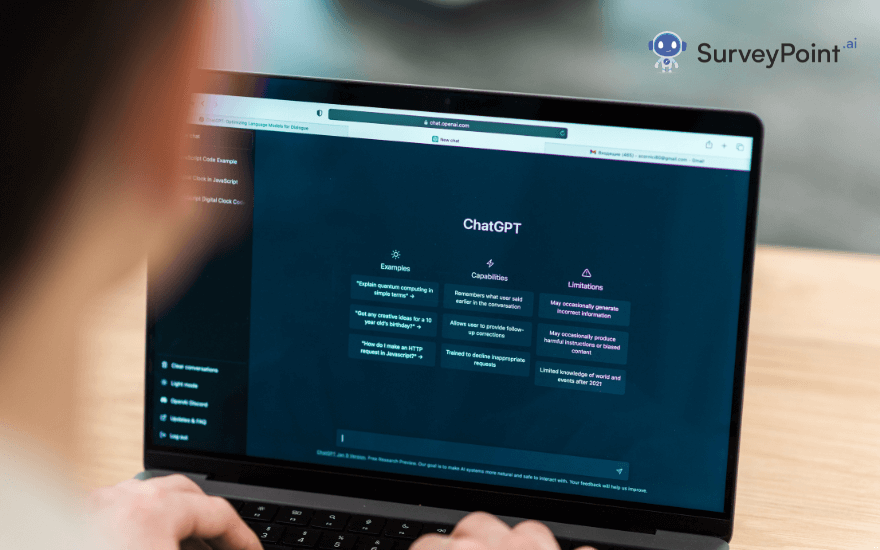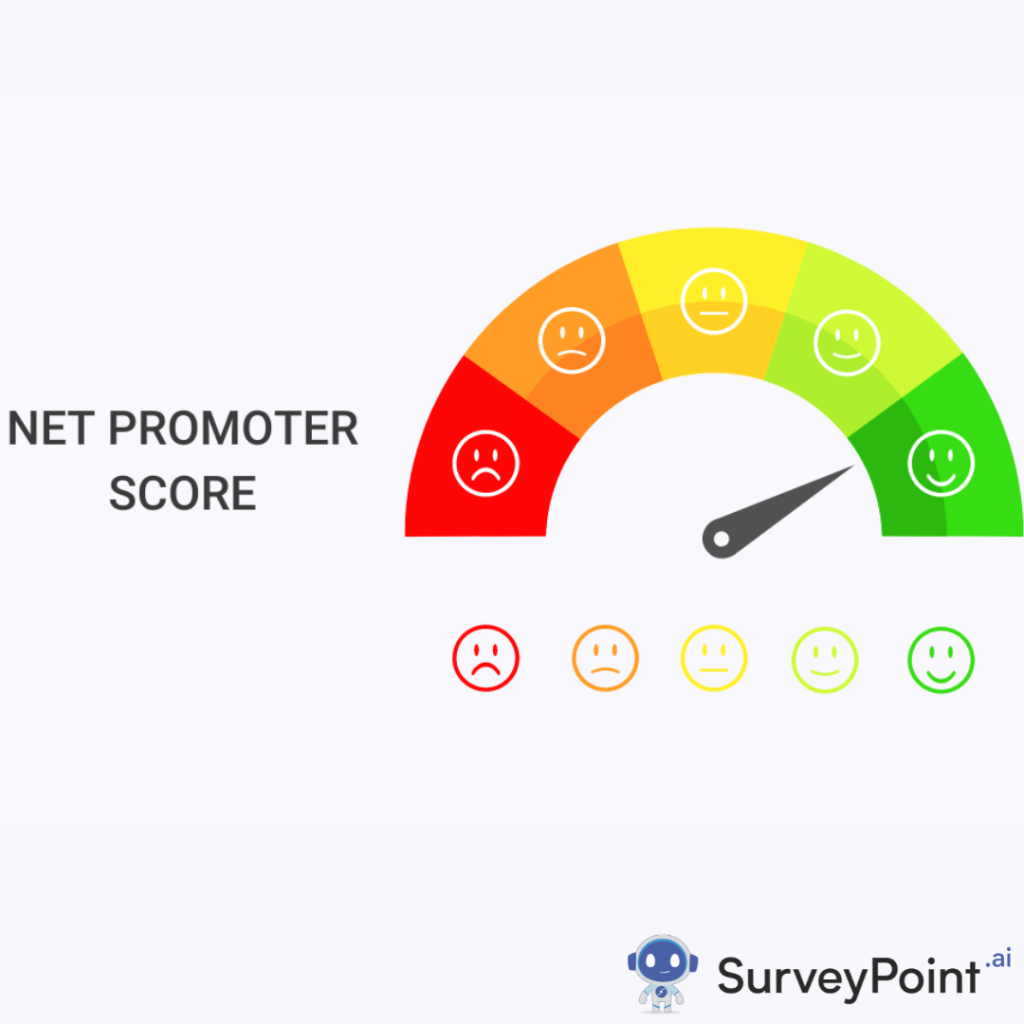
Artificial Intelligence (AI) has rapidly transformed various sectors, including healthcare, finance, entertainment, and customer service. Among the many AI innovations, ChatGPT, developed by OpenAI, stands out for its ability to understand and generate human-like text. This blog delves into what ChatGPT is, how it works, its security concerns, measures in place to ensure safety, and guidelines on how to use ChatGPT safely.
What is ChatGPT, and How Does it Work?
Understanding ChatGPT
ChatGPT is an advanced language model developed by OpenAI. It belongs to the GPT (Generative Pre-trained Transformer) family, specifically designed to generate human-like text based on the input it receives. GPT-4, the latest iteration, is trained on a diverse range of internet text, enabling it to perform various language tasks such as translation, summarization, question answering, and conversational dialogue.
The Mechanism Behind ChatGPT
Training Process
ChatGPT’s development involves two main stages: pre-training and fine-tuning. During pre-training, the model learns by predicting the next word in a sentence across vast amounts of text data from the internet. This phase helps the model to understand grammar, facts about the world, and some reasoning abilities.
The fine-tuning stage involves a more refined process where the model is trained on a narrower dataset with human reviewers following specific guidelines. This helps the model learn to provide more accurate, contextually relevant, and safe responses.
Model Architecture
ChatGPT is built on the Transformer architecture, a type of deep learning model particularly effective for natural language processing tasks. The Transformer model uses a mechanism called attention, which allows it to focus on different parts of the input text when generating a response. This capability helps the model understand context, maintain the flow of conversation, and generate coherent and contextually appropriate replies.
Applications of ChatGPT
ChatGPT is used in various applications, including:
- Customer Support: Providing instant responses to customer queries, thus enhancing customer service experiences.
- Content Creation: Assisting writers by generating ideas, drafting articles, and even creating complete write-ups.
- Education: Helping students with explanations, tutoring, and generating educational content.
- Entertainment: Creating interactive storylines, games, and conversational companions.
ChatGPT Security Concerns
Despite its impressive capabilities, ChatGPT poses several security concerns that users and developers need to be aware of.
Data Privacy
One of the significant concerns is data privacy. When users interact with ChatGPT, they might inadvertently share sensitive information. This information could be stored and used for further training, potentially leading to privacy breaches if not handled properly.
Misinformation and Bias
ChatGPT can sometimes generate incorrect or biased information. Since the model is trained on diverse internet text, it may learn and reproduce the biases present in the data. This can lead to the dissemination of false information or perpetuation of harmful stereotypes.
Security Vulnerabilities
AI models, including ChatGPT, can be susceptible to adversarial attacks. Malicious users might try to exploit these vulnerabilities to manipulate the model into generating harmful content or bypassing safety measures.
Misuse Potential
There is a risk of ChatGPT being misused for malicious purposes, such as creating fake news, phishing attempts, or spam. The ability of the model to generate coherent and persuasive text makes it a powerful tool that could be exploited by bad actors.
ChatGPT Security Measures
To address these concerns, OpenAI and other stakeholders have implemented several security measures.
Privacy Protections
OpenAI has established strict data usage policies to protect user privacy. Data collected during interactions with ChatGPT is anonymized and aggregated to prevent the identification of individual users. Additionally, users are encouraged to avoid sharing sensitive personal information while using the service.
Bias Mitigation
To reduce the impact of biases, OpenAI employs a technique called fine-tuning with human feedback. Human reviewers follow guidelines designed to promote fairness and neutrality. Moreover, OpenAI continuously updates the model to address and correct biases as they are identified.
Adversarial Training
To defend against adversarial attacks, OpenAI uses adversarial training methods. This involves exposing the model to various adversarial examples during training, helping it learn to recognize and mitigate such attacks during real-world interactions.
Usage Policies and Monitoring
OpenAI has implemented usage policies to prevent the misuse of ChatGPT. These policies prohibit activities such as generating hateful content, engaging in deceptive practices, or creating spam. Furthermore, OpenAI actively monitors the usage of ChatGPT to detect and prevent abuse.
How to Use ChatGPT Safely
While developers and researchers work on improving the safety of ChatGPT, users also play a crucial role in ensuring its safe use. Here are some guidelines for using ChatGPT safely:
Be Mindful of Privacy
Avoid sharing sensitive personal information during interactions with ChatGPT. Treat the model as you would any other online service where privacy is a concern.
Verify Information
Since ChatGPT can sometimes generate incorrect information, it’s essential to verify the facts before taking any action based on the model’s responses. Cross-referencing with reliable sources can help ensure accuracy.
Report Issues
If you encounter any inappropriate or harmful content generated by ChatGPT, report it to the platform administrators. This helps in refining the model and improving safety measures.
Stay Informed
Keep yourself updated on the latest developments and guidelines related to AI safety. Being informed about potential risks and best practices can help you use ChatGPT more effectively and safely.
Conclusion
ChatGPT represents a significant advancement in AI technology, offering numerous benefits across various domains. However, it also presents several security concerns that need to be addressed to ensure safe and responsible use. By understanding how ChatGPT works, being aware of potential risks, and following best practices for safe usage, we can harness the power of this technology while minimizing its drawbacks.
OpenAI and the broader AI community continue to work on improving the safety and reliability of language models like ChatGPT. As users, staying informed and vigilant can help us make the most of this remarkable technology while safeguarding against its potential risks.




